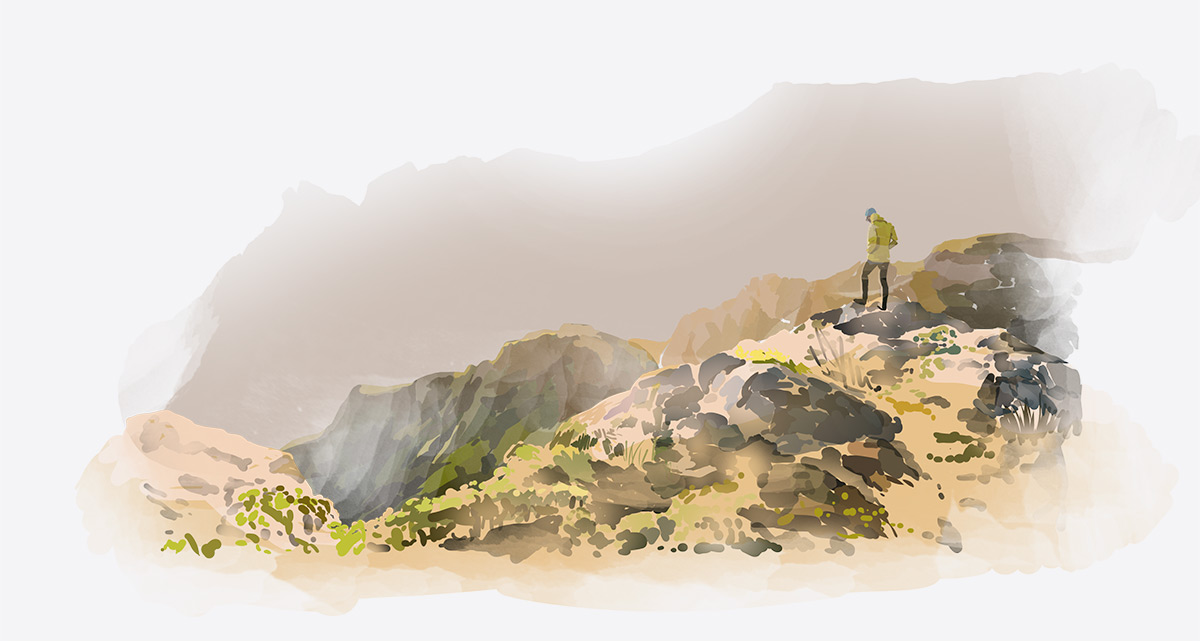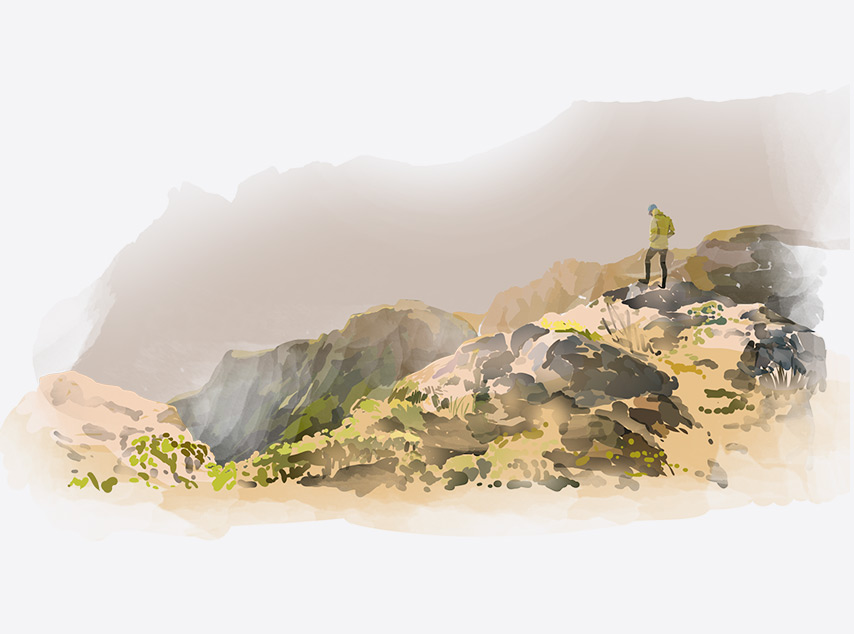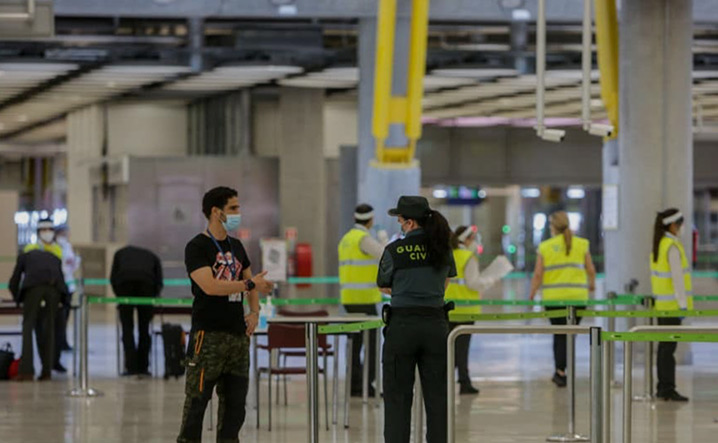The vast halls of Madrid Barajas Terminal 4 can rarely have been so echoingly empty, nor so sparklingly clean. There being nothing to buy or eat - no duty-free shops to waste time and money in, no nasty overpriced airport food - I practically floated to my departure gate. The pandemic has had the curious effect of making Spain a little more like Switzerland. Despite the document-checks and temperature-readings my Iberia flight to Tenerife North, one of just seven to leave the terminal that day, took off on the dot of 3.45pm. Disembarking the plane followed the calm and orderly new post-corona routine - one row at a time and no loitering in the aisles – which replaces the usual undignified scramble for the exit.
The road to the Hacienda hugged the rocky coastline among palm groves and banana plantations. There was some traffic but, with tourism at zero, hire cars and tour buses full of pallid Northern Europeans were conspicuous by their absence. As we drove, my host gave me the lowdown on his family history - the del Hoyos arrived on Tenerife with the first wave of Castilian conquistadors in the late 15th century - and on the peculiar magic of the last three months in which the tinerfeños had had their island all to themselves.
Set like a jewel in the rugged sub-tropical landscape of the north coast, Hacienda de las Cuatro Ventanas is one of the half- dozen historic country houses, old-town mansions and high-spec apartments belonging to del Hoyo’s boutique-lodgings marque. In contrast to the lowest-common-denominator ‘bracelet’ tourism of Tenerife’s overdeveloped and underwhelming south, BeTenerife flies a flag for cultural heritage, first-class design and architecture, and for the quieter pleasures of the island’s beautiful north.











